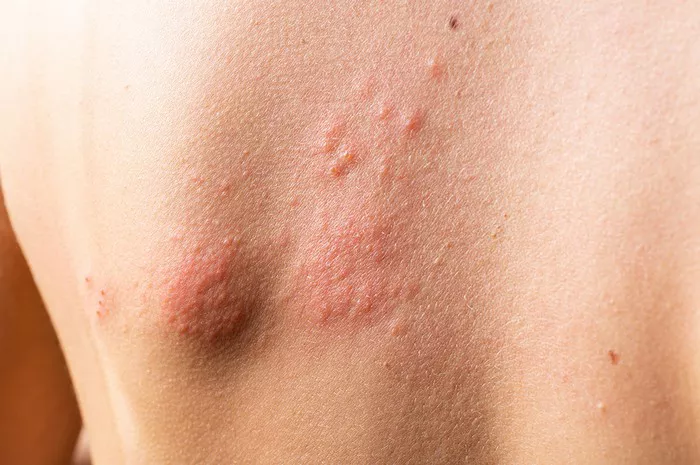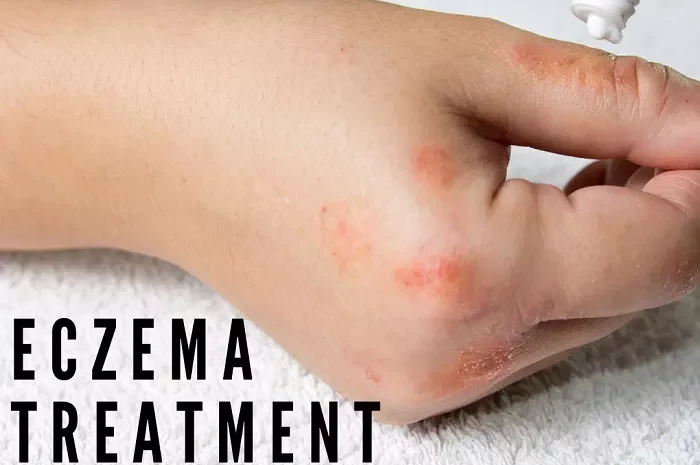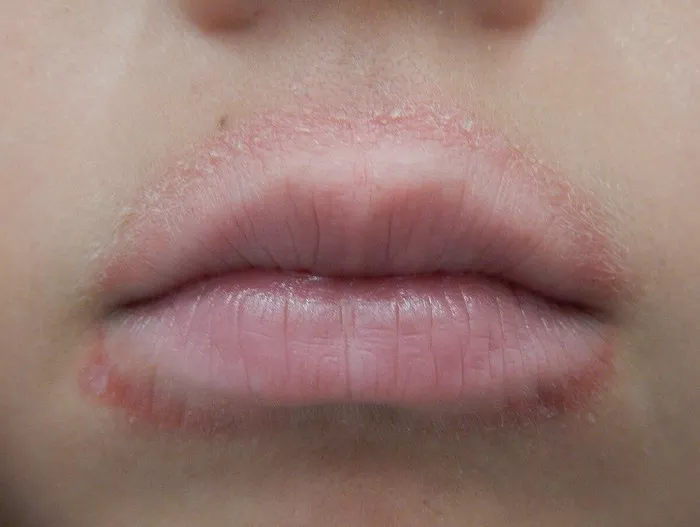Shingles, clinically known as herpes zoster, is a painful and often debilitating condition that affects millions of people worldwide each year, with older adults being particularly susceptible. While the symptoms of shingles can be distressing, understanding the underlying cause is crucial for effective management and prevention strategies. In this article, we delve into the intricate relationship between shingles and the virus responsible for its onset: the varicella-zoster virus (VZV).
The Varicella-Zoster Virus: A Closer Look
Varicella-zoster virus belongs to the herpesvirus family, specifically the alphaherpesvirus subgroup. This highly contagious pathogen is responsible for two distinct clinical entities: chickenpox (varicella) and shingles (herpes zoster). Following an initial infection, typically during childhood, the virus remains dormant in the sensory nerve ganglia, particularly the dorsal root ganglia, for years or even decades.
Reactivation: The Genesis of Shingles
The reactivation of VZV is the fundamental trigger for the development of shingles. As individuals age, or when their immune system becomes compromised due to factors such as stress, illness, or certain medications, the virus may break its dormancy and travel along the nerve fibers to the skin, resulting in the characteristic painful rash and other associated symptoms of shingles.
Why Older Adults?
Older adults are disproportionately affected by shingles due to age-related declines in immune function, known as immunosenescence. This decline weakens the immune system’s ability to control latent infections, such as VZV, leading to a higher likelihood of reactivation. Additionally, age-related changes in the nervous system may contribute to the increased susceptibility of older adults to develop shingles.
Risk Factors and Comorbidities
Several factors can predispose individuals, particularly older adults, to develop shingles. These include:
Advanced Age: The risk of shingles increases with age, with older adults over 50 being at the highest risk.
Immunosuppression: Conditions or treatments that weaken the immune system, such as HIV/AIDS, cancer chemotherapy, or long-term corticosteroid use, can increase susceptibility to shingles.
Chronic Illnesses: Certain chronic conditions, such as diabetes or chronic kidney disease, may also elevate the risk of shingles.
Stress: Psychological stress or physical trauma can compromise immune function and trigger reactivation of VZV.
Previous Varicella Infection: Individuals who have had chickenpox are at risk of developing shingles later in life, as the virus remains dormant in the body.
Clinical Presentation and Complications
The hallmark symptom of shingles is a painful, unilateral rash that typically appears in a dermatomal distribution. Other common symptoms include itching, tingling, and burning sensations, along with fever, headache, and fatigue. While most cases of shingles resolve within a few weeks with proper treatment, complications can occur, especially in older adults. These may include postherpetic neuralgia (persistent pain lasting beyond the resolution of the rash), bacterial superinfection of the rash, and, rarely, dissemination of the virus leading to systemic complications.
Prevention and Management Strategies
Prevention and management of shingles primarily revolve around two main approaches: vaccination and antiviral therapy.
1. Vaccination:
The introduction of the varicella-zoster virus vaccine has revolutionized the prevention of shingles. Two vaccines are currently available: Zostavax and Shingrix. Shingrix, a recombinant subunit vaccine, is preferred due to its higher efficacy and longer-lasting protection, making it the recommended choice for adults aged 50 and older.
2. Antiviral Therapy:
For individuals who develop shingles, early initiation of antiviral therapy, such as acyclovir, valacyclovir, or famciclovir, can help reduce the severity and duration of symptoms, as well as lower the risk of complications. Pain management strategies, including over-the-counter analgesics and prescription medications, may also be necessary, particularly for those experiencing postherpetic neuralgia.
Conclusion
Shingles, caused by the reactivation of the varicella-zoster virus, poses a significant health concern for older adults. Understanding the factors contributing to its onset, along with implementing effective prevention and management strategies, is essential for reducing the burden of this debilitating condition. With continued research and advancements in vaccination and therapeutic interventions, we can strive towards mitigating the impact of shingles on the aging population and improving overall quality of life.


























